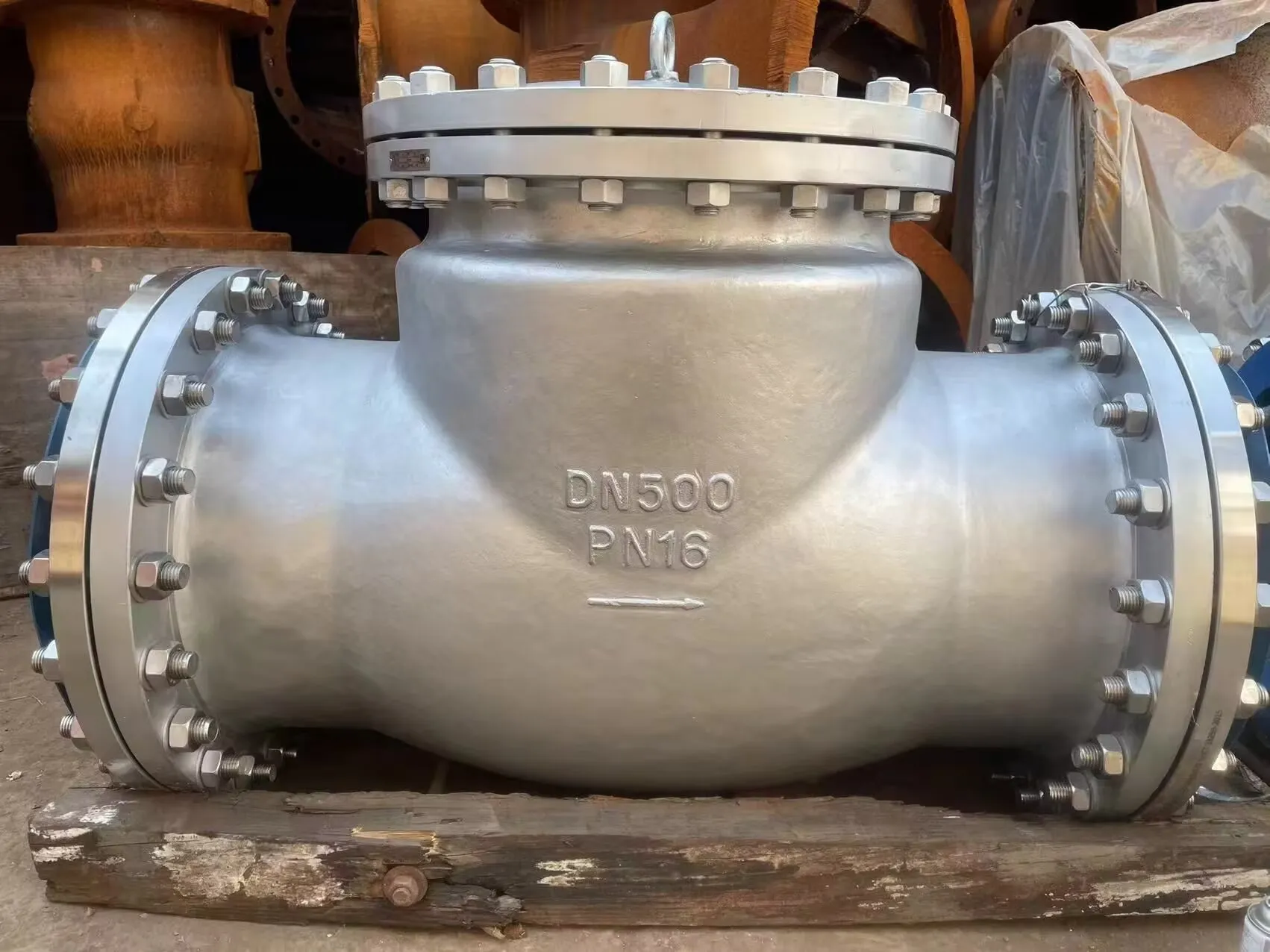hand valve
Understanding Hand Valves Functions, Applications, and Importance
Hand valves play a crucial role in various fluid control systems, serving as essential components in directing and regulating the flow of liquids and gases. These manually operated devices are versatile and can be found in numerous applications, ranging from residential plumbing to industrial processing. In this article, we will delve into the functions, types, applications, and significance of hand valves in modern systems.
What is a Hand Valve?
A hand valve is a mechanical device that allows users to control the flow of a substance—either liquid or gas—through a pipeline. Unlike automatic valves, which operate based on a control signal or pressure changes, hand valves require manual intervention to open or close the flow path. This manual operation can be undertaken using various methods, including a lever, wheel, or handle, providing flexibility and control to users.
Types of Hand Valves
Hand valves come in various designs, each suited for specific applications based on the nature of the fluid being controlled, the required pressure ratings, and the level of precision needed. The most common types include
1. Gate Valves These are used primarily for on/off control of fluid flow. When fully opened, gate valves provide a straight-through flow path, minimizing pressure loss. They are ideal for applications where the valve remains either fully open or fully closed.
2. Globe Valves Known for their throttling capabilities, globe valves are used for regulating flow. Their design allows for more precise control compared to gate valves, making them suitable for applications requiring varia_controls in flow rates.
3. Ball Valves Featuring a hollow, perforated, and pivoting ball, ball valves provide excellent flow control with minimal resistance. They are often used in applications where quick shut-off is essential, as they can open and close with a simple quarter turn.
4. Butterfly Valves These valves use a rotating disc to regulate flow. They are lightweight and have a compact design, making them suitable for larger pipelines. Butterfly valves can be used for throttling as well as for fully open/close functions.
5. Check Valves While not strictly hand-operated, some versions allow for manual intervention. Check valves prevent backflow in a system, ensuring that fluids move in a single direction, protecting equipment and maintaining system integrity.
Applications of Hand Valves
hand valve

The versatility of hand valves allows their application across various industries, including
- Water Supply In municipal and residential water systems, hand valves control the distribution and flow of water. They allow for maintenance by isolating sections of the system as required.
- Heating and Cooling Systems Hand valves regulate the flow of hot or chilled water through HVAC systems, enabling better temperature control in buildings.
- Chemical Processing In the chemical industry, hand valves ensure the safe and precise handling of chemicals, allowing operators to control flow rates and prevent spills.
- Oil and Gas Hand valves are used in pipelines transporting oil and natural gas, helping to manage flow during extraction and transport.
- Manufacturing In various manufacturing processes, hand valves are utilized for the control of air, water, steam, and other fluids necessary for production lines.
Importance of Hand Valves
Understanding the importance of hand valves in various systems is essential for engineers, operators, and maintenance personnel. Their ability to provide precise control over flow and pressure significantly impacts system efficiency, safety, and reliability.
Moreover, hand valves contribute to system maintenance and operation. They allow for easy isolation of equipment during repairs or maintenance, reducing downtime and preventing costly disruptions.
Furthermore, hand-operated valves are often simpler and more cost-effective compared to automated systems. This makes them a popular choice in situations where full automation is unnecessary or where budget constraints exist.
Conclusion
Hand valves are indispensable components in a multitude of fluid handling systems. Their various types and functions cater to a wide array of industries, from residential plumbing to complex manufacturing processes. Understanding how to effectively utilize them can enhance operational efficiency, ensure safety, and allow for better control of fluid dynamics. As technologies continue to evolve, the design and functionality of hand valves will likely advance, further solidifying their role in modern engineering and fluid management practices.
-
The Key to Fluid Control: Exploring the Advantages of Ball Valves in Industrial SystemsNewsJul.09,2025
-
The Versatile World of 1, 2, and 3 Piece Ball ValvesNewsJul.09,2025
-
Stainless Steel Ball Valves: The Ideal Choice for Efficient Flow ControlNewsJul.09,2025
-
Optimizing Fluid Control with Ball Float ValvesNewsJul.09,2025
-
Manual Gate Valves: Essential for Control and EfficiencyNewsJul.09,2025
-
Everything You Need to Know About Butterfly ValvesNewsJul.09,2025
-
The Versatility of Wafer Type Butterfly ValvesNewsJul.08,2025




